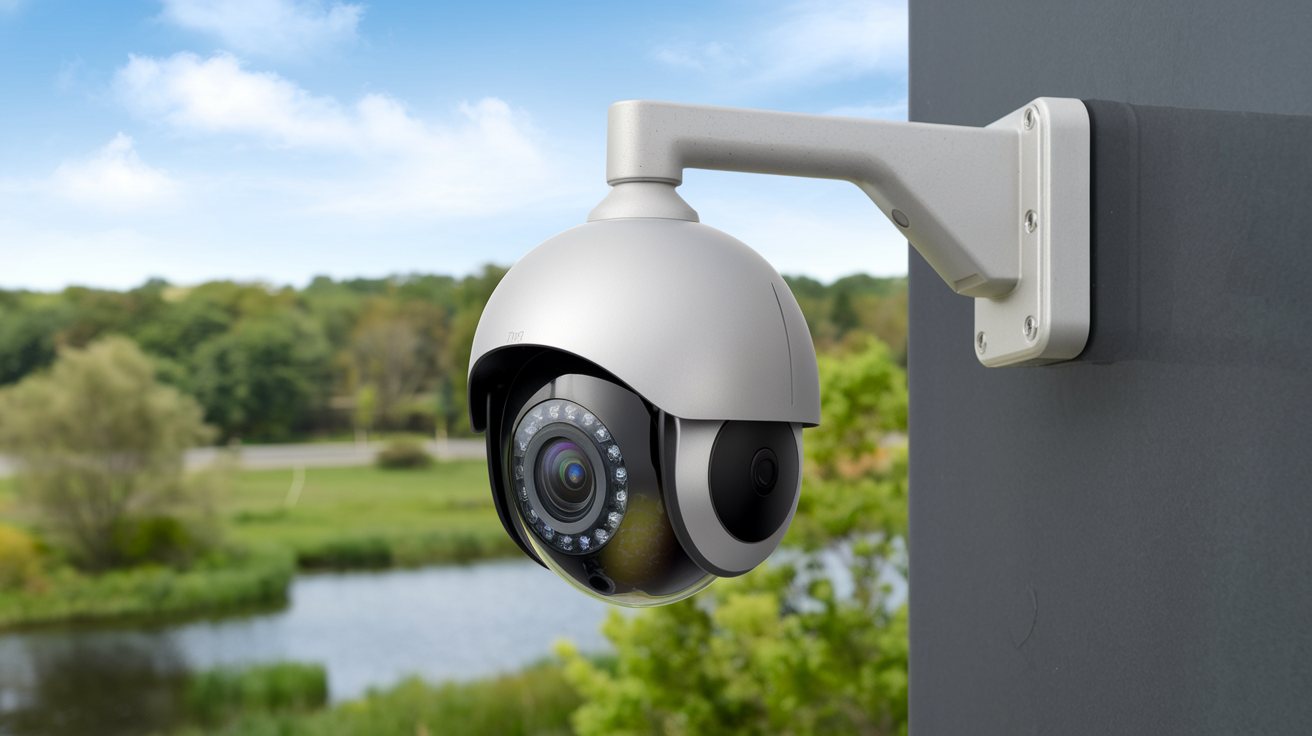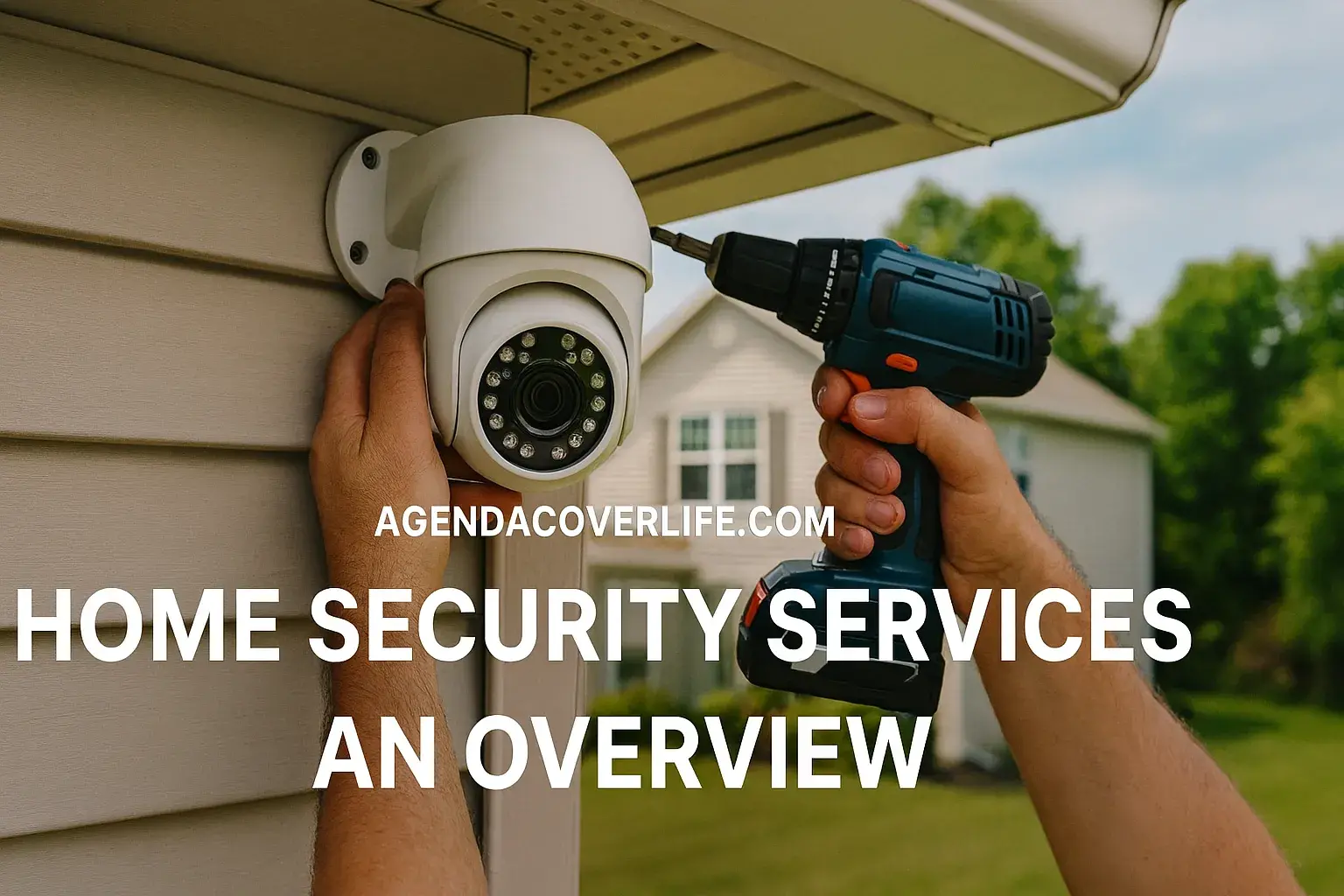Pan-Tilt-Zoom (PTZ) cameras are powerful tools for capturing dynamic video footage in various settings, from live events and conferences to security surveillance and content creation. Their ability to remotely pan, tilt, and zoom offers unparalleled flexibility, but achieving optimal coverage requires careful planning and execution. In this comprehensive guide, we’ll explore tips and tricks to set up your PTZ camera system for maximum performance, ensuring you capture every moment with precision and clarity. Whether you’re a beginner or a seasoned professional, these strategies will help you unlock the full potential of your PTZ cameras.
Understanding PTZ Cameras
Before diving into the setup process, it’s essential to understand what makes PTZ cameras unique. Unlike fixed cameras, PTZ cameras can move horizontally (pan), vertically (tilt), and adjust their focal length (zoom) remotely. This versatility makes them ideal for environments where the action is unpredictable or spread across a large area. Common applications include live streaming, houses of worship, corporate events, and security monitoring.
However, the flexibility of PTZ cameras comes with challenges. Without proper setup, you may miss critical shots, struggle with image quality, or encounter technical issues. The following tips will guide you through selecting, installing, and optimizing your PTZ camera system for flawless coverage.
1. Choose the Right PTZ Camera for Your Needs
The first step to a successful PTZ setup is selecting a camera that matches your requirements. Consider the following factors:
-
Resolution and Image Quality: For professional applications, opt for a camera with at least 1080p resolution, though 4K is becoming the standard for high-end setups. Ensure the camera performs well in low-light conditions if you’ll be filming in dimly lit environments.
-
Zoom Range: The optical zoom range determines how close you can get to distant subjects without sacrificing image quality. A 20x or 30x optical zoom is suitable for most applications, but larger venues may require more.
-
Field of View (FOV): A wider FOV is ideal for capturing broad scenes, while a narrower FOV is better for detailed shots. Check the camera’s specifications to ensure it meets your needs.
-
Control Options: Look for cameras with multiple control methods, such as IP-based control, infrared remotes, or joystick controllers, for greater flexibility.
-
Integration: Ensure the camera is compatible with your existing equipment, such as video switchers, streaming platforms, or network infrastructure.
Popular PTZ camera brands like Sony, Panasonic, and PTZOptics offer models tailored to various budgets and use cases. Research and compare options to find the best fit.
2. Plan Your Camera Placement
Strategic camera placement is critical for achieving optimal coverage. Here’s how to get it right:
-
Assess the Venue: Walk through the space to identify key areas of interest, such as stages, entrances, or audience seating. Determine where the action will occur and prioritize those zones.
-
Mounting Height: Mount cameras at an elevated position (e.g., 8-12 feet high) to avoid obstructions and capture a clear view of the scene. For security applications, higher placements may deter tampering.
-
Avoid Obstacles: Ensure no objects, such as pillars or lighting fixtures, block the camera’s line of sight. Test the pan and tilt range to confirm full coverage.
-
Consider Angles: Position cameras to capture flattering angles, especially for live events. For example, a slight downward tilt can create a more natural perspective for speakers or performers.
-
Multiple Cameras: For large venues, use multiple PTZ cameras to cover different angles. Coordinate their positions to avoid overlapping coverage or blind spots.
Pro Tip: Create a coverage map of your venue, marking camera positions and their respective fields of view. This visual aid will help you optimize placement and ensure no area is missed.
3. Optimize Camera Settings
Fine-tuning your PTZ camera’s settings is essential for achieving professional-grade footage. Focus on these key areas:
-
Exposure and White Balance: Adjust exposure settings to prevent overexposed or underexposed footage. Set the white balance to match the lighting conditions (e.g., tungsten, daylight, or fluorescent) for accurate colors.
-
Frame Rate and Shutter Speed: Use a frame rate of 30fps or 60fps for smooth motion, especially in fast-paced environments. Adjust the shutter speed to reduce motion blur without introducing flicker.
-
Focus: Enable autofocus for dynamic scenes, but switch to manual focus for static shots to prevent the camera from hunting for focus.
-
Presets: Most PTZ cameras allow you to save preset positions for quick transitions between shots. Program presets for frequently used angles, such as a wide shot of the stage or a close-up of a podium.
-
Smooth Motion: Adjust the pan, tilt, and zoom speeds to ensure smooth, natural movements. Avoid overly fast transitions that can disorient viewers.
Test your settings in the actual environment to account for lighting changes or other variables. Save your configurations to recall them easily during operation.
4. Master Remote Control and Automation
One of the biggest advantages of PTZ cameras is remote control, which allows operators to adjust framing without physically touching the camera. To maximize this feature:
-
Use a Dedicated Controller: Invest in a hardware controller with a joystick and buttons for intuitive operation. Models like the PTZOptics SuperJoy or Sony RM-IP500 are excellent choices.
-
Leverage Software Control: Many PTZ cameras support software-based control via apps or web interfaces. This is ideal for small teams or solo operators managing multiple cameras.
-
Integrate with Production Systems: For live events, integrate your PTZ cameras with video switchers (e.g., Blackmagic ATEM) or streaming software (e.g., OBS Studio) for seamless production workflows.
-
Automate Movements: Some advanced PTZ cameras support automation features, such as tracking subjects using AI or following predefined patterns. Experiment with these to reduce manual operation.
Practice operating the cameras remotely to build confidence and ensure smooth execution during live events.
5. Ensure Reliable Connectivity
PTZ cameras rely on stable connections for control and video output. Follow these best practices:
-
Use IP-Based Systems: Modern PTZ cameras often use IP networks for control and video transmission (e.g., NDI or SRT protocols). Ensure your network is robust, with sufficient bandwidth and low latency.
-
Cabling: For traditional setups, use high-quality HDMI, SDI, or Ethernet cables to prevent signal loss. Secure cables to avoid tripping hazards or disconnections.
-
Power Supply: Use Power over Ethernet (PoE) if supported, or ensure a reliable power source for each camera. Consider backup power options for critical applications.
-
Redundancy: For mission-critical events, have backup cameras or failover systems in place to handle technical issues.
Regularly test your connections and have troubleshooting protocols ready to address any issues quickly.
6. Test and Refine Your Setup
Before going live, conduct thorough testing to identify and resolve potential problems:
-
Run a Rehearsal: Simulate the event or scenario to test camera movements, presets, and transitions. Verify that all angles are covered and the footage looks professional.
-
Check Audio Integration: If your PTZ cameras are part of a larger AV setup, ensure audio syncs properly with the video feed.
-
Monitor Output: View the footage on a monitor or streaming platform to confirm image quality and framing.
-
Train Your Team: If multiple operators are involved, ensure everyone is familiar with the equipment and workflow.
Use feedback from testing to refine your setup, adjusting camera positions, settings, or control methods as needed.
7. Maintain Your PTZ Cameras
Regular maintenance ensures your PTZ cameras remain reliable and perform at their best:
-
Clean Lenses: Dust or smudges on the lens can degrade image quality. Use a microfiber cloth and lens cleaner to keep lenses spotless.
-
Check Mechanical Components: Inspect the pan, tilt, and zoom mechanisms for smooth operation. Address any unusual noises or resistance promptly.
-
Update Firmware: Check for firmware updates from the manufacturer to improve performance and fix bugs.
-
Store Properly: When not in use, store cameras in a dry, dust-free environment to prevent damage.
Conclusion
Setting up a PTZ camera system for optimal coverage requires careful planning, technical expertise, and attention to detail. By choosing the right equipment, strategically placing cameras, optimizing settings, and mastering remote control, you can capture stunning footage that meets your goals. Whether you’re streaming a live event, monitoring a facility, or creating content, these tips and tricks will help you achieve professional results. Invest time in testing and refining your setup, and maintain your cameras to ensure long-term reliability. With the right approach, your PTZ camera system will deliver exceptional performance and flexibility, making every shot count.
Feel safe with the Home Security that you will get from professional security companies are as follows: Contact us at (888) 805-5456 to speak to a specialist and get a no-obligation quote.





